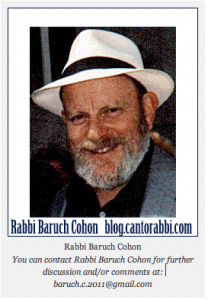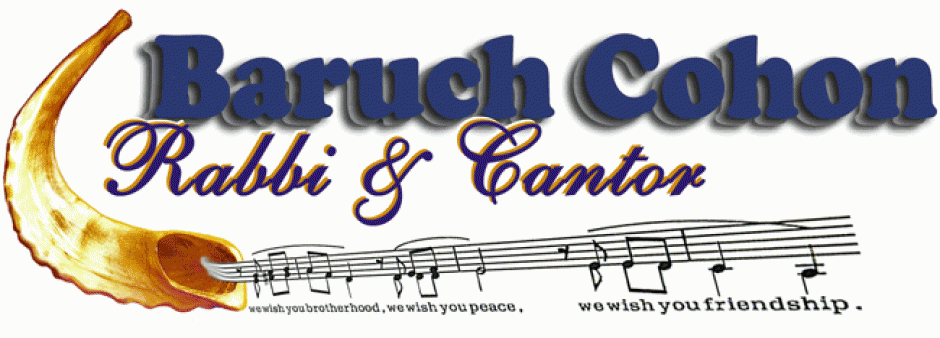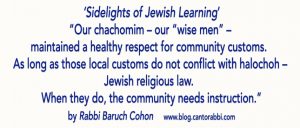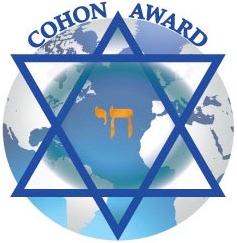
Sidelights of Jewish learning
A daily excursion into the world of the Talmud called Daf Yomi – “A page a day”– yields important insights that I can recommend. Note that Talmudic pages run about 14” long on each side, so we’re talking about a good hour’s study, even with an expert teacher. Here’s a recent detail.
Midway through the tractate P’sahim, which primarily concerns the great freedom holiday of Pesach — Passover, we come to a rabbinic discussion of various laws regarding activities on the days surrounding that festival. For example, the day before Pesach, 14 days in the month of Nisan, is a day of preparation for the holiday. Preparing should be both a physical action and a change of attitude. So should we do our regular jobs that day? And if so, should we work all day and just rush home in time for Seder? Or should we work till noon, and spend the rest of the day getting in the mood? Or should we take the whole day off?
The way the rabbis of the Talmud treated this matter shows a significant characteristic of theirs that we can value. As these questions come up regarding different kinds of work, one frequent decision they make is this: If the members of the local community do the job, you can do it too. If they don’t, then you shouldn’t do it either.
Our chachomim – our “wise men” – maintained a healthy respect for community customs. As long as those local customs do not conflict with halochoh – Jewish religious law. When they do, the community needs instruction.
Remember, these deliberations are not Biblical. They took place a few centuries later, so varying customs do not reflect tribal habits. Nor do they reflect industrial requirements like contracts and union rules, which came in centuries after them. They are considering the independence of individual towns whose citizens didn’t travel much, and where the visitor would do well to conform.
All told, there is a lesson here that is hardly confined to the Talmud. It’s close to “When in Rome, do as the Romans do.” And it has some validity, even today. “That’s how we do it where I come from” doesn’t make it in most places, does it? Our rabbis knew what they were doing.
We must realize, of course, that they were not discussing international differences. Rome doesn’t apply. They were dealing with a primarily agricultural economy in a Jewish country. Whatever work needed to be done, by the resident or the visitor, was done within a Jewish community by a Jewish individual whether resident or not. While the principle remains, honoring local custom, that custom is considered within that Jewish community. To that extent, we can still learn from it.
Let’s learn.





